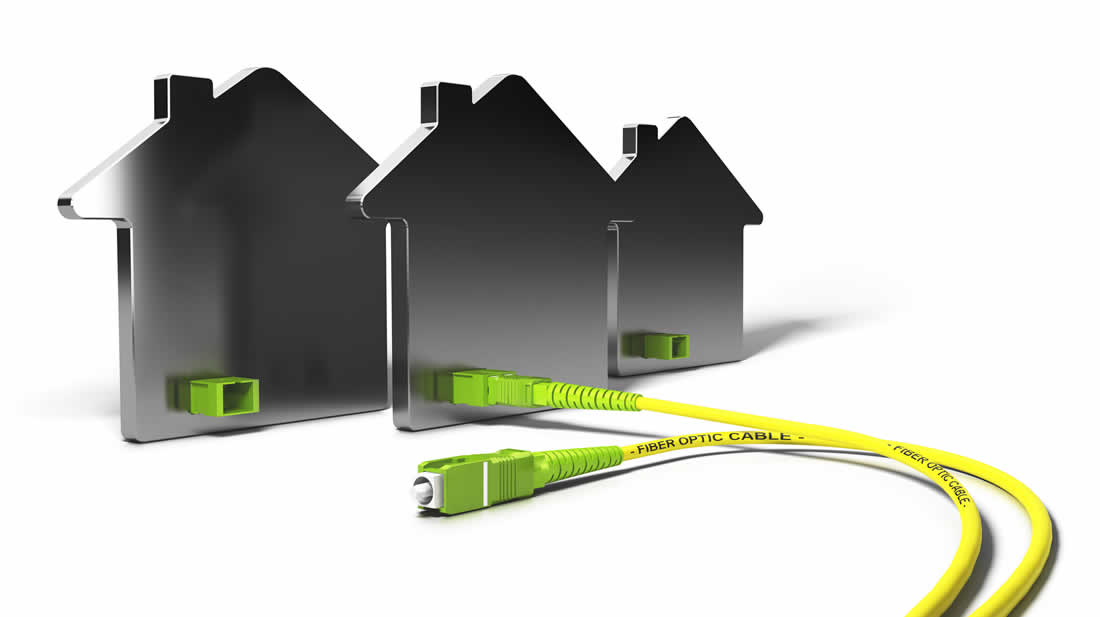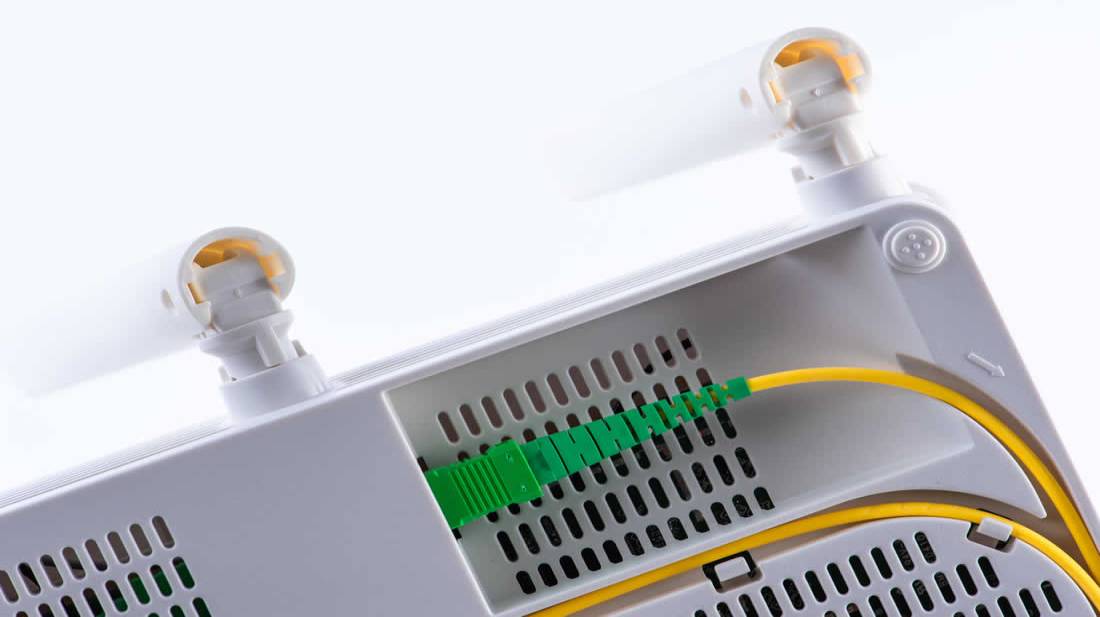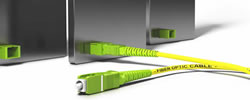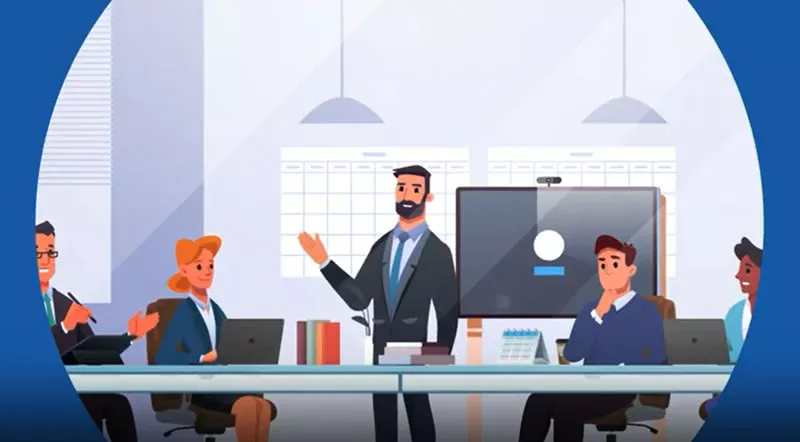Fiber to the Home (FTTH) Internet Technology Overview
GPON, XGS-PON, EPON Fiber Modems, and the Overall Path to 10G PON

Broadband technology is constantly evolving, as the need and desire for faster and faster speeds drive providers to offer their customers higher bandwidth. There are generally three main technologies offered today:
1) Cable providers offer DOCSIS (Data-Over-Cable Service Interface Specifications) service, a coaxial cable-based standard developed by CableLabs. CableLabs is the technical standards body that has updated the DOCSIS standard from DOCSIS 1.0 to the current DOCSIS 3.1 specification. DOCSIS 3.1 can offer speeds of 10Gbps in the downstream and 1Gbps in the upstream. Cable providers also offer fiber-based services and FTTH Internet, including GPON Fiber Cable (Gigabit Passive Optical Network) and XGS-PON. These services are offered via fiber-optic lines, with speeds of 1Gbps (GPON) and 10Gbps symmetrical (XGS-PON). Symmetrical upstream and downstream transmission over a single fiber is made possible through wavelength division multiplexing (WDM). EPON (Ethernet Passive Optical Network) similarly offers a 1Gbps speed, whereas 10G EPON offers a 10Gbps symmetrical speed. EPON uses a different delivery technology to achieve these speeds. There are even DOCSIS EPON offerings, combining DOCSIS and PON technology.
2) Satellite providers offer speeds up to 100Mbps but have drawbacks in latency and high costs for a much slower service compared to FTTH Internet. Due to the need to transmit from the satellite to a ground station and then the VSAT, latency is currently unavoidable in the satellite modem service.
3) Telco providers offer a mixture of copper-based services, like DSL variants and G.fast, along with various FTTx (Fiber-To-The-Home, Cabinet, etc.) similar to cable providers. With the Fiber/DSL hybrid connections, the farther away from the end-user CPE device that the fiber is terminated, the slower the speeds, as copper or ethernet connections can drop the speeds down to a slower bandwidth. As with cable operators, Telcos also offer GPON Fiber Cable, XGS-PON, EPON, and 10G EPON fiber modem solutions.
All of these FTTH internet technologies use an OLT (Optical Line Terminator) as a central controller, and CPE devices called ONT (Optical Node Terminal) or ONU (Optical Node Unit) that go into customer homes. Much like cable modems used for DOCSIS services, the ONT/ONU is provided by the broadband operator to the end-user. These devices must be certified and then refurbished and reissued when returned by a customer before being reissued to the next customer. This can be a difficult and time-consuming process without automated testing systems.

How Promptlink Helps Solve ONT and ONU Testing Challenges
Promptlink’s CPE ATLAS test platform offers a single system to test ONT and ONU, verifying full functionality. Not only does the FTTH internet connection speed need to be tested, but all ports must be tested to ensure the best customer experience. By connecting an OLT to the tester(s), a Telco or cable operator can validate the full customer functionality of a device. From a Patented Shielded Wi-Fi Enclosure system to full voice and data functionality testing, CPE ATLAS offers a single tester for any combination of device types, manufacturers, and XGS-PON, EPON, or GPON fiber cable technology. CPE ATLAS can handle the largest capacity needed, testing thousands of devices each day to check the performance of FTTH internet when multiple ATLAS systems are deployed together.
Why Promptlink?
Promptlink has been testing CPE devices on our systems since 2004, holding multiple patents such as for Wireless Testing of CPE Devices. The biggest names in broadband have trusted Promptlink with their customer devices, testing hundreds of millions of CPE over the years. From DOCSIS to xPON to xDSL, Powerline and more, Promptlink sets the industry standard.
To see how Promptlink can help solve your FTTH internet speed and FTTH CPE testing needs, you can contact us.









